Movies have the power to tackle important issues, chronicle events, and deal
with
variables that have affected humanity. These days, as events hint to the
threat of nuclear weapons, some films that have spoken about nuclear war must
be conjured up.
اضافة اعلان
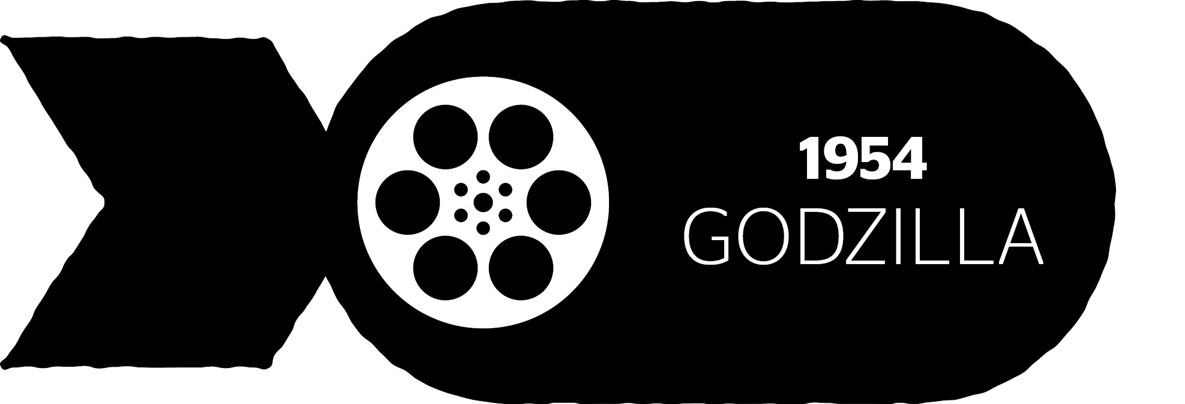
The
US, the
first country to have mastered nuclear energy, first with the atomic bomb in
1945, and then with the first reactor in operation in 1951, was also one of the
first to bring the atom to the screen, aided by the power of the Hollywood
industry. Since then, the nuclear theme has thriven, often with great
sensationalism.
At the beginning of nuclear power, love and dread
Disney produced a first film devoted to nuclear power, “Our Friend the
Atom”, in 1957 as part of a communication campaign that aimed to project the
image of perfectly controlled security to American schoolchildren.
In France, a few
years before the commissioning of the first nuclear reactor in 1967, “Hiroshima
Mon Amour” was an international success. It was called a masterpiece when it
was released in 1959, and is now considered a work that has changed the history
of cinema. The Franco-Japanese film directed by Alain Resnais depicts a
romantic encounter evoking the war and the atomic bomb dropped on Hiroshima,
like a poem of love and death calling for reconciliation.

“Hiroshima” will
have inspired a film surely better known today, “Godzilla”, directed by Ishiro
Honda in 1954.
Godzilla would
be the direct consequence of the exposure of a dinosaur hidden at the bottom of
the ocean to an atomic bomb dropped during a nuclear test.
The
cinematographic work revolutionized the Japanese kaiju genre, featuring giant
monsters, in a Japan traumatized by the bombings of Hiroshima and Nagasaki.
“
Hiroshima” will also have inspired the historical film “Fat Man and Little
Boy”, released in 1989, which retraces the history of the scientific team in
charge of the Manhattan Project at Los Alamos military base.
The Cold War and its apocalyptic worlds
A few years later, the
Cold War, with intense tensions between the
American and Soviet blocs, inspired many films. One can count here those of
espionage, including “Goldfinger”, by Guy Hamilton, the third instalment in the
James Bond series, in 1964, where agent 007 has defusing a nuclear bomb before
its detonation as a mission. Or “Doctor Strangelove”, by Stanley Kubrick,
released in 1964, which humorously depicts one of the ways in which humanity
can face a global nuclear apocalypse.
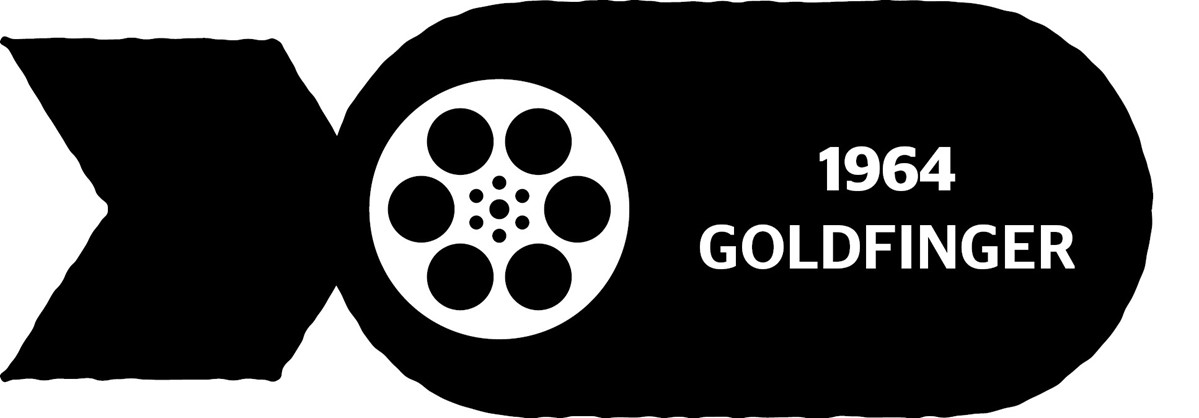
Many films have
imagined the world as it would be after a nuclear apocalypse. “The Planet of
the Apes”, in 1968, was one of the first to conceive of such a universe, where
apes have become a dominant species hunting the few remaining humans.
“Terminator”,
directed by James Cameron, and released in 1984, also suggests a world where
man has lost his place, but this time is faced with machines run by artificial
intelligence.
“La Jetée”, by
Chris Marker, a French film from 1962, should also be mentioned, since it
describes the world after World War III in a series of static shots of singular
poetry. Finally, “Mad Max”, released in 1985 and directed by George Miller,
where human communities have adapted by creating tribes, each fighting for
survival.
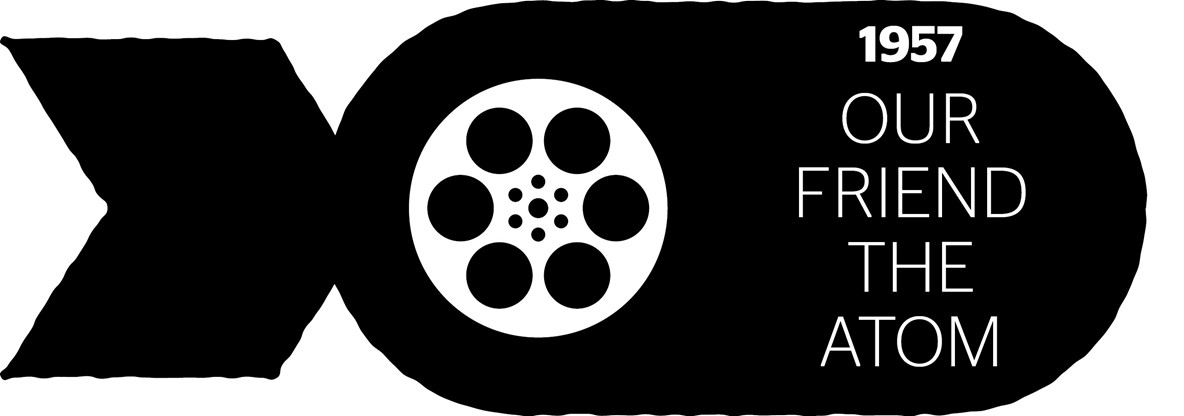 Civil nuclear power and its disasters
Civil nuclear power and its disasters
Many films also focus on the issue of nuclear power plants. One in
particular may attract attention because of its coincidence with the American
accident at Three Mile Island.
James Bridge’s
“The China Syndrome”, released 12 days before the 1979 accident, depicts a team
of journalists witnessing a nuclear incident near Los Angeles, during which
molten material seeps into the ground toward the core of the Earth and China.
The term “China Syndrome” comes from a controversial theory — the most serious
for core meltdown — that molten material could cross the Earth from North
America and reach China.
Catastrophism reigns supreme
The disasters of Three Mile Island in 1979, Chernobyl in 1986, and
Fukushima in 2011 are the basis of the scenarios of some works. Chernobyl, in
particular has been the subject of many documentaries. Fictions, on the other
hand, are rarer. One can evoke “The Outraged Earth”, by Michale Boganim,
released in 2012, where the viewer discovers the neighboring city, Pripyat, in
a post-apocalyptic setting. The “Chernobyl Diaries”, by Bradley Parker, a film
released the same year, takes on the subject of nuclear tourism to set up a
horror setting on the site of the disaster. First broadcast on
HBO and Sky
television channels in May 2019, the series Chernobyl seeks to trace the human
events that led to the explosion of the reactor.
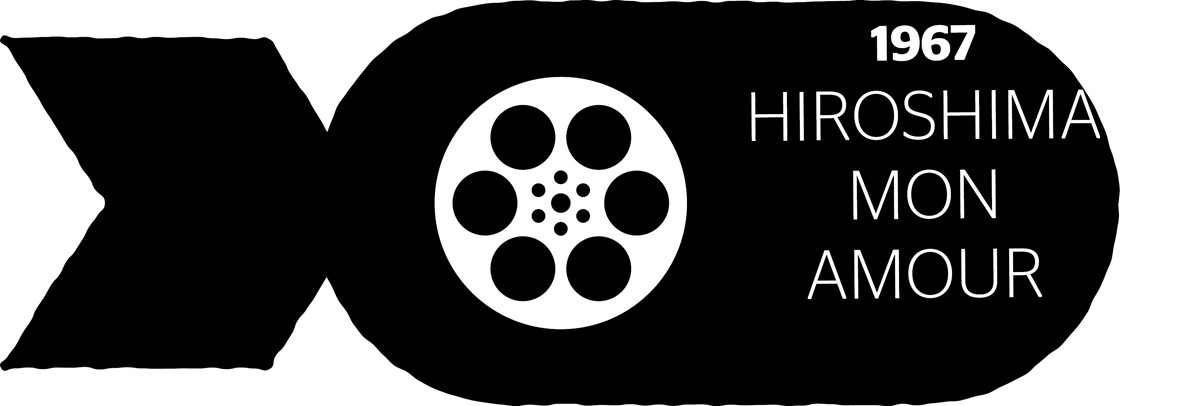
In 1990, “Le
Mont Fuji en Rouge”, one of the short films that make up the work “Rêves” by
Akira Kurosawa, announces in advance similarities with the accident that will
take place in Fukushima 20 years later. The short film depicts the eruption of
a volcano bringing with it the explosion of nuclear power plants. Purple lava,
loaded with radioactive elements, forces the few survivors of the island to
flee.
Since the bombings of Hiroshima and Nagasaki, and later the accidents at power stations, filmmakers have never stopped imagining and putting into images the cataclysms that this energy, as powerful and mysterious for ordinary mortals as it may be, could cause.
In “The Land of
Hope”, released in 2012, Sono Sion will be inspired by Fukushima to stage an
accident affecting the imaginary power plant of Nagashima (contraction of
Hiroshima, Nagasaki and Fukushima), where the camera turns this time to the
victims of the accident, the silence of the authorities, and the “gregarious”
behavior of the Japanese who try to forget and return to a normal life as
quickly as possible.
Finally, among
the films focusing on nuclear power plants, “Grand Central”, by Rebecca
Zlotowski, holds a special place, since it talks about the life of a worker in
the nuclear industry and, for the first time on screen, gets an insider’s view.
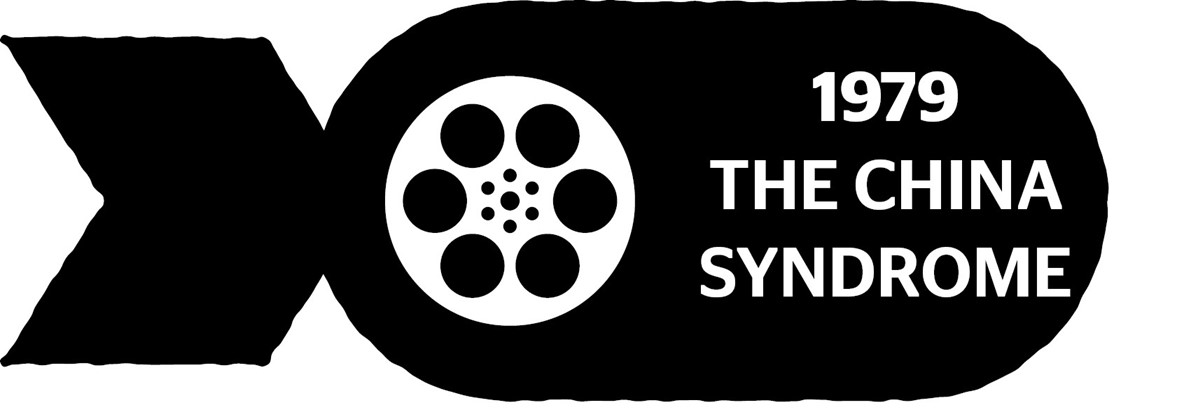
The plant is
presented there as a cathedral, and the invisible enemy that is radiation is
sacred there. Gary, the protagonist, is slowly contaminated, both by love and
radiation. Although highlighting the organization of the nuclear sector, the
film foreshadows in its own way, a potential catastrophe.
A cultural phobia
As with many of the works cited, “Grand Central” illustrates the
feeling of vulnerability felt by populations due to the loss of confidence in
technology, the globalization of risks, and the excessive media coverage of
technological accidents. Nuclear energy may thus give way to a cultural phobia
in which cinema plays an important role.
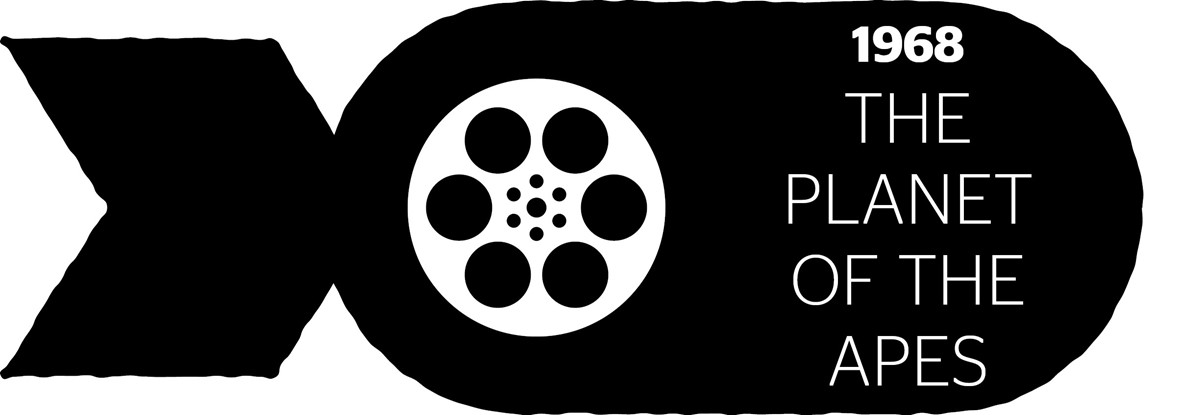
Since the
bombings of Hiroshima and Nagasaki, and later the accidents at power stations,
filmmakers have never stopped imagining and putting into images the cataclysms
that this energy, as powerful and mysterious for ordinary mortals as it may be,
could cause. But very often the imagination exceeds the reality, and although
they are fictitious, the images shape the vision of the public, and have the
potential to elicit irrational fear.
When watching
these films, one should use one’s reason and think with discernment about the
questions raised by them.

In cinematographic
art, the nuclear is not the only one to undergo this treatment. On a smaller
scale, the shark has also received a very bad reputation, in particular because
of the film “Jaws”, a great success released by Steven Spielberg in 1975.
It took the combined
efforts of many researchers and lovers of nature to provide insight into the
true nature of sharks, understand their behavior and adapt to them. The
representation of the carnivorous and bloodthirsty shark could give way to the
image of a shark neutral toward man, sometimes even docile and curious, when it
is not fearful. Above all, its presence is very useful for the balance of
biodiversity.
Could nuclear
power also be the ugly little shark of energy?
Read more Entertainment
Jordan News



